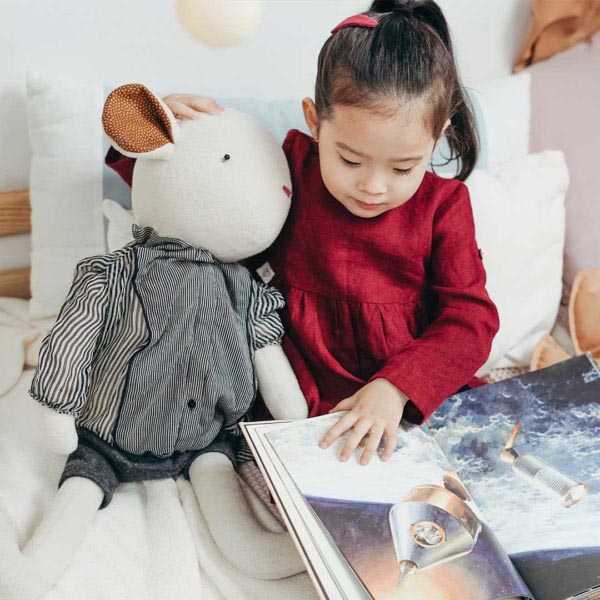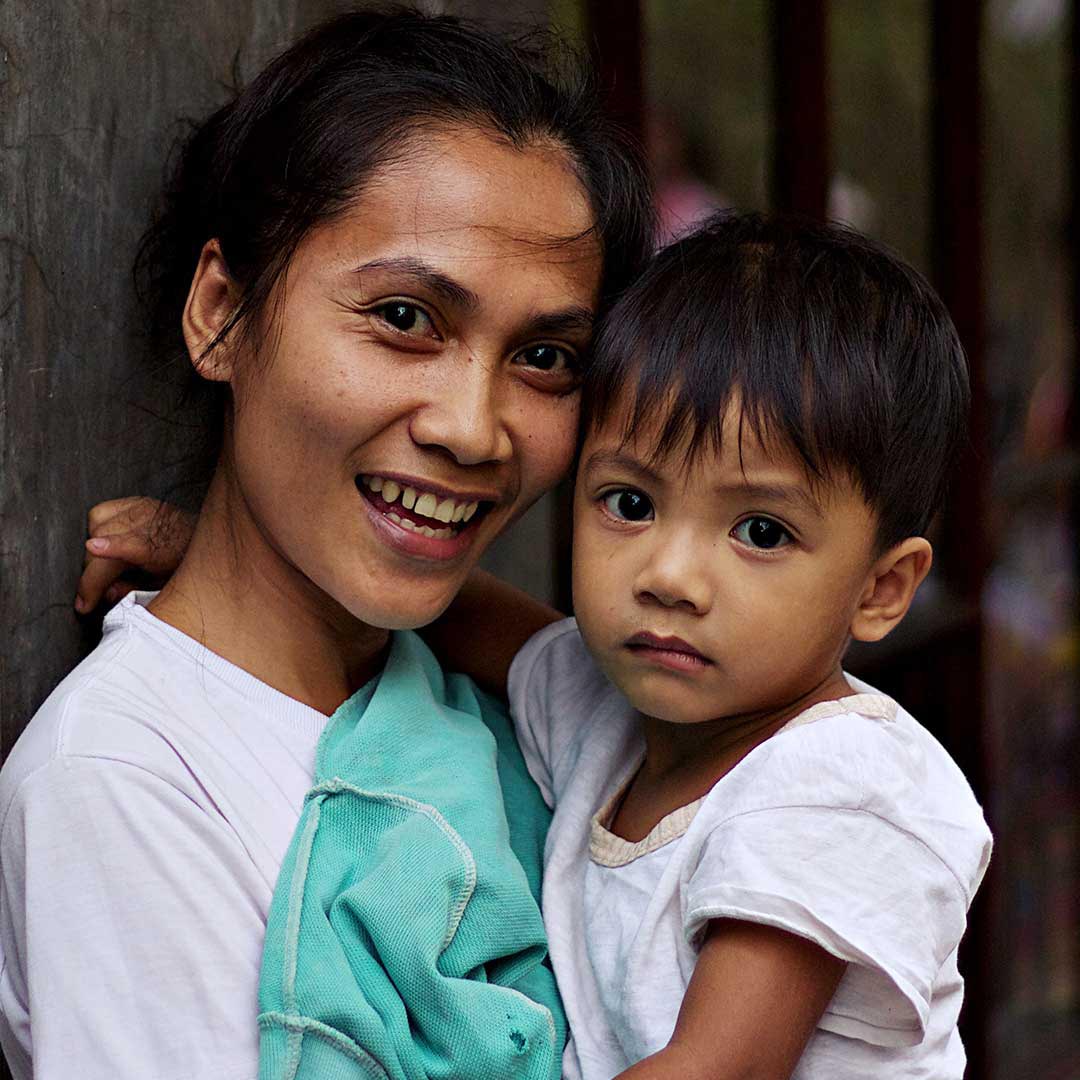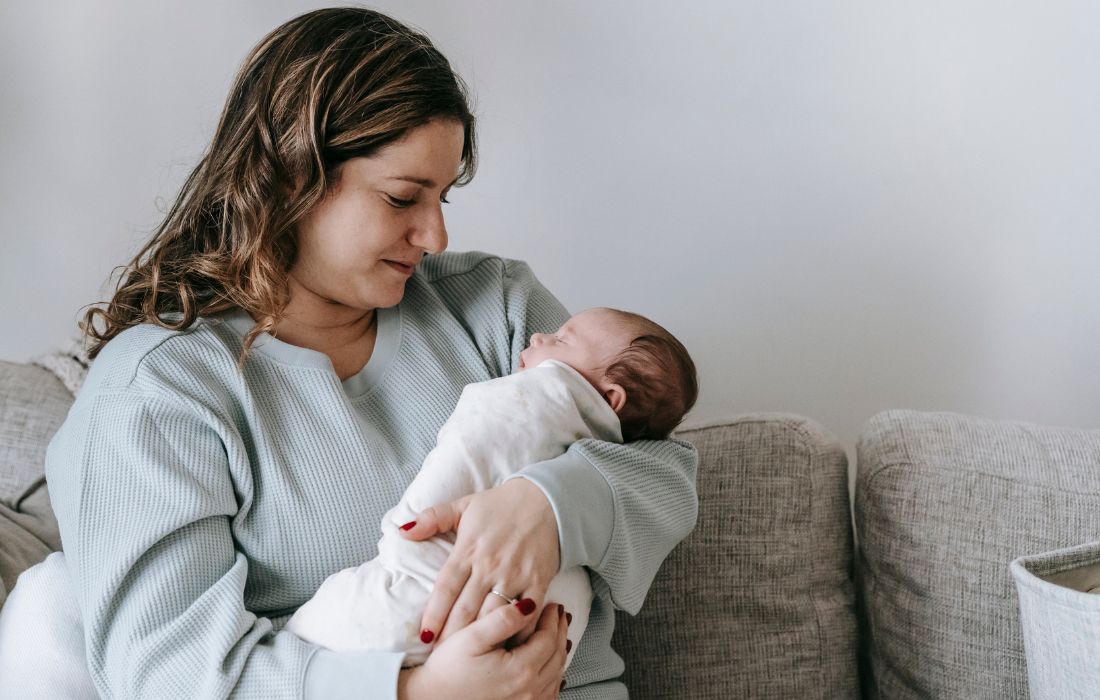At two years old, toddlers are exploring their independence, testing boundaries, and often experiencing separation anxiety. Sleep struggles at this age are common, but with gentle, consistent coaching, your child can learn to sleep independently while feeling safe and supported. From waking up screaming at night to flat out refusal it can be so tough.
Can You Sleep Train a 2-Year-Old?
Yes, you can sleep train a 2-year-old, but I prefer to call it sleep coaching. Sleep is a learned skill, and at this age, your child may need help developing healthy sleep habits. The key is consistency, patience, and responding in a way that aligns with your parenting style and your child’s temperament. Maybe your toddler cant go to sleep without you, that is ok but coaching can also help.
How to Sleep Train a 2-Year-Old
Here’s a gentle step-by-step approach to sleep coaching:
- Create a Predictable Routine – A calming bedtime routine (bath, books, cuddles) signals that sleep is coming. Keep the 2 year old sleep schedule consistent each night.
- Set Clear Boundaries – Use a toddler clock or visual cues to help your child understand when it’s time for bed and morning wake-up.
- Use the Sleep Lady Shuffle – Instead of leaving your toddler to cry, stay nearby and gradually move further away each night, offering verbal and physical reassurance.
- Provide a Lovey or Comfort Item – A special stuffed animal or blanket can help ease separation.
- Stay Consistent – Responding differently each night confuses toddlers and can lead to more tears.
Sleep Training Methods for Toddlers
Should I Let My Toddler Cry It Out?
I don’t recommend full extinction (leave and let them cry) for toddlers. CIO is a reason why some people think sleep training is bad. It can increase separation anxiety and cause unnecessary distress. However, some tears are inevitable as your child adjusts to new sleep expectations. The goal is to provide consistent reassurance while allowing them to learn to fall asleep independently.
Leaving a 2-Year-Old to Cry It Out
If you’re considering CIO, I encourage you to try a gentler approach first. The Sleep Lady Shuffle allows you to stay close, comfort your child, and gradually move out of the room over time. This way, they learn without feeling abandoned.

Ferber Method for a 2-Year-Old
The Ferber Method involves timed checks, where you leave the child for increasing intervals before offering brief comfort. While this works for some families, many find it too distressing for toddlers, especially those with separation anxiety. I prefer a more responsive approach, like the Sleep Lady Shuffle, which minimizes crying and builds confidence.
Chair Method to Sleep Train a Toddler
This method is similar to the Sleep Lady Shuffle. You sit in a chair near your child’s bed, gradually moving it further away each night. This helps toddlers feel secure while learning to fall asleep on their own and is a good example of gentle sleep coaching.
How Long to Let a 2-Year-Old Cry It Out?
Since I don’t recommend CIO, I encourage parents to focus on minimizing tears rather than setting a time limit. Using gentle coaching, most toddlers adjust within 7–10 nights with consistent responses.
Re-Sleep Training a Toddler
If your toddler was sleeping well but has regressed, don’t panic! Common reasons include:
- Sleep regressions (often around 2 years old)
- Life changes (new sibling, moving, potty training)
- Separation anxiety
To re-establish good sleep habits:
- Reinforce the bedtime routine
- Reintroduce the Sleep Lady Shuffle
- Stay consistent and patient
Training for Naps
Nap struggles are very common for 2-year-olds! At this age, many toddlers are transitioning from two naps to one, and some may even try to drop naps altogether before they’re really ready. Here’s how to handle nap training:
If Your Toddler Refuses to Nap
- Stay consistent – Even if they don’t sleep, maintain a quiet rest time in their crib or bed for at least 45 minutes.
- Use a toddler clock – This helps reinforce when nap time starts and ends.
- Make it part of the routine – Just like bedtime, have a calming pre-nap routine (books, snuggles, dim lighting).
- Avoid long wake windows – A 2-year-old should be awake no longer than 5–6 hours before their nap.
If Naps Are Affecting Bedtime
- Cap nap length – If your toddler is resisting bedtime, try shortening the nap to 90 minutes or waking them earlier.
- Move bedtime later (a little) – Some 2-year-olds do better with bedtime pushed 15–30 minutes later if they’re still napping well.
The key is to protect naps while keeping bedtime smooth. If your child is truly ready to drop naps, consider implementing quiet time instead.

Handling Twins
Sleep training twins comes with extra challenges, but it can be done with consistency and the right approach.
Should You Sleep Train Twins Together or Separately?
- If both are struggling, start together so they adjust at the same time.
- If one twin is a better sleeper, focus on sleep training the more challenging sleeper first, then work on both.
- If they wake each other up, try white noise or slightly staggering bedtimes by 10–15 minutes.
Other Twin Sleep Tips
- Keep bedtime exactly the same for both.
- Use separate sleep spaces if needed (separate cribs or even different rooms temporarily).
- Be consistent with how you respond to night wakings—avoid giving one twin different sleep rules than the other.
Managing Sleep During Regressions
A 2-year-old sleep regression is real and often linked to:
- Separation anxiety
- Big transitions (new sibling, potty training, moving to a big-kid bed)
- A surge in cognitive development
How to Handle It
- Stick to your bedtime routine—now more than ever, consistency is key!
- Reinforce independent sleep skills—use the Sleep Lady Shuffle to avoid creating new sleep crutches.
- Offer extra daytime connection—spend a few extra minutes cuddling or talking about their day before bed.
- Avoid dropping naps too soon—overtired toddlers struggle more with regressions.
Most sleep regressions last 2–6 weeks, but with patience, your toddler will get back on track.

Customized Sleep Plan
Every child is different, which is why sleep coaching should be tailored to your toddler’s needs.
How to Create a Sleep Plan That Works for Your Child
- Identify the sleep challenge – Is the problem bedtime battles, night wakings, or early rising?
- Choose a method – The Sleep Lady Shuffle is gentle and responsive, but pick what works for your parenting style.
- Set realistic goals – If your toddler currently wakes 3 times per night, aim for reducing it to 2, then 1, then none.
- Be consistent – Follow your plan for at least 2 weeks before making major changes.
- Adjust as needed – If something isn’t working, tweak the approach slightly (e.g., move bedtime earlier or add a lovey).
A good sleep plan fits your family, not just a one-size-fits-all method.
Encouraging Independent Sleeping Skills
A 2-year-old can learn to sleep independently, but it takes practice and patience.
Ways to Support Independent Sleep
- Use the “Drowsy but Awake” rule – Your toddler should go into bed awake, so they learn to self-settle.
- Provide a security object – A special stuffed animal or blanket can offer comfort.
- Avoid sleep crutches – If they rely on rocking, holding, or feeding to fall asleep, gradually phase it out.
- Teach self-soothing – Encourage them to lay down and hug their lovey instead of needing you to rub their back every night.
With the right approach, your toddler can become a confident, independent sleeper.
FAQs
How to Sleep Train a 2-Year-Old Without Crying?
While some protest is normal, you can minimize tears by:
- Using the Sleep Lady Shuffle (stay close and gradually move away)
- Making bedtime soothing and predictable
- Offering reassurance and comfort while staying firm
How to Get a Toddler to Sleep Without Being Held?
If your child relies on being held to sleep, try:
- Introducing a lovey for comfort
- Using the Shuffle Method to help them transition to independent sleep
- Making sure they’re going down drowsy but awake, so they learn to self-soothe
Can I sleep train my 2-year-old while room sharing?
Yes, you can sleep train a 2-year-old while sharing a room—it just takes clear boundaries, a consistent plan, and some creativity. I recommend using The Shuffle: stay next to their bed or crib at first, then gradually move farther away. If possible, create a visual divider (like a sheet or curtain) so your child has their own sleep space. Keep bedtime routines calm and predictable, and be consistent with your responses at night. Even in the same room, your toddler can learn to sleep independently.




